
It has been well over 30 years since the hugely influential sci-fi horror hybrid, Alien, first burst onto screens. Tonally finding its place somewhere between The Texas Chain Saw Massacre and Star Wars as well as creating a visual style and design that was completely unique, it was a massive success worldwide. It spawned 3 direct sequels, picked up by 3 different directors who each gave their own new spin on the central themes, now all the films in this infamous series are now available in a crisp and beautifully presented Blu-Ray package.
Released in 1979 and frantically scaring audiences worldwide, Ridley Scott’s original still hasn’t lost its bite and has hardly dated, despite the obvious (at times creaky) but also tactile visual effects. The story is an incredibly stripped down but effective one. It is the essentially the haunted house premise with the group of explorers suddenly becoming out of their depth in a usually familiar environment as an unknown life form slowly begins to pick them off. For the first 45 minutes, Scott builds up character and tension as very little happens, we are thrust aboard the Nostromo to be given a slow introduction to the family of characters.
It is a superb cast, who as these characters paint a wonderful portrait of quasi family life: the love, the minor arguments, the lust, the disparagement between different subset groups. Is it any coincidence that a lot of the key scenes take place around a table? Or that they take commands from a centralised computer authority called MU-TH-UR? Of course this family life is very soon interrupted by an unwelcome birth through John Hurt in what has become one of the most infamous scenes in cinema history. The intention is to turn the tables on the male half of the audience, Scott and screenwriters Dan O’Bannon and Ron Shusett tapping into the subconscious male fear of homosexual rape and birth
It’s a profoundly Freudian film, this of course stemming from the disturbing, blatantly sexual design by Swiss artist HR Giger, the creature having a strange allure about it. It also had a vision of the future we hadn’t seen before. While Kubrick’s 2001 and Lucas’ Star Wars were more sanitary views of space travel, Alien was truly ‘truck drivers in space’. It looks oil splattered and lived in, it is debatably more realistic.

The true centre of the film is perhaps the performance of Sigourney Weaver as one of Hollywood’s first heroines and protagonist Ripley. Although presented in the original as perhaps just another worker, she is still a powerful woman and Weaver’s increasing involvement in the franchise turned Ripley into a key feminist figure that defied the male action stars of the 80’s and 90’s. The film remains a terrific piece of work, an unnerving and sublimely designed horror classic that is still a key text in the history of Hollywood production of the 70s.
Scott’s film was about keeping things low key and pace which is arguably languorous, James Cameron’s sequel Aliens was about cranking up the action beats and taking us along for a roller coaster ride. Cameron isn’t exactly known for his subtlety or his naturalistic dialogue and Aliens is no exception to the rest of his filmography. It is brash and very masculine, with big men and big guns shooting at great crawling beasties that ooze the yellow acid. It is a fantastic sequel for many reasons, the main one being that it doesn’t attempt to rehash what Ridley Scott did first time round.
It is undeniably a Cameron film and mainly he can be commended for creating what is arguably the finest action film of all time. It is insanely gripping and entertaining, a film to enjoy rather than to ponder over and analyse. Although actor Michael Biehn (Hicks) argues in one of the DVD sets it is a deeper and darker film… it isn’t. In Cameron’s defence, it doesn’t try to be, what it does have over the original is a heart. Especially in the Special Edition there is a much more background given to Ripley. After 57 years of cyber sleep she wakes to find that her own daughter has died, which makes her dynamic relationship with Newt later on in the film far more intriguing. With that longer scene, it may undercut the action but it does give something to root for and reintroduces the family theme that gave a backbone to the original.
The most remarkable thing about the film though is Weaver’s performance, which was Oscar nominated, practically unheard for any actor in a genre film. She is given more to do in terms of emotional journey, Ripley becomes very much the centre of the drama as well as the action. Weaver is given a lot to do physically and Cameron is particularly good at providing decent female role models. In that he is a completely unique action filmmaker and is what makes him more interesting. The film however has the usual Cameron imperfections: length, bad dialogue and annoying characters he thinks are cool (Bill Paxton’s character anyone?). The re-design is a minor niggling issue but does distant it too far from the original, the continuity of design is very important and is slightly lacking here.

All the minor things which are wrong with Aliens are nothing in comparison to Alien3, where the film’s problems are a major set back in what could have been an interesting film. The creation and gestation of Alien3 has since passed into legend as one of the most troubled productions of recent Hollywood times. The story of how it got to the screen is perhaps more interesting than the film itself, starting out with New Zealand director Vincent Ward’s vision of a wooden planet inhabited by a religious order of monks who then become attacked by the Alien.
Then kicked off the project in favour for relative newcomer David Fincher, who writer/producers David Giler and Walter Hill assumed they could control and get their own way. Now simply being about prisoners held up on a mining planet, Ripley is stripped of any familiar faces as she has to protect herself from the threat of an alien which managed to travel with her, Newt and Hicks in the escape pod from the end of the second film. It is still a better film than it is given credit for, the look and design is very bold and assured for a first time filmmaker. Knowing about the conditions under which it was created it is a very well directed piece and although Fincher was stripped of almost any creative input story wise his fingerprints are all over the rest of it.
It isn’t a traditional blockbuster which it was advertised, it is far closer to the Ridley Scott film than the James Cameron film. It is much slower and more thoughtful, much improved in the longer workprint cut which apparently gets closer to what Fincher envisioned before the dictator like David Giler took control of the editing. It starts out promisingly before going completely mad towards the end, a shame what clearly could have been a fascinating film remains a muted sigh among the anthology.

Alien Resurrection is the most maligned among them, a very French film from a very French filmmaker. Filled with moments of bizarre sexuality, arguably more weird and perverted than Giger’s initial designs, Jean Pierre Jeunet’s film is an odd delight, very silly and over acted & directed to hell. Weaver’s performance attempts to ground the film seriousness but when you are required to grope at your androgynous alien offspring you are trying too hard to give a film pathos.
It is an enjoyable ride with set piece after exciting set piece, with barmy performances from a neatly assembled cast of character actors. Brad Dourif is particularly good as the slimy scientist who is trying to study the aliens in his lab. Winona Ryder and Ron Perlman are also pretty decent, in their roles as is Dan Hedaya who gets the best death of the film, after the back of his skull is cracked open he reaches inside and picks out a piece of brain. It is undeniably the goriest of the lot, with an awful amount of red matter splashed lovingly in front of our eyes. The creature design also loving explored over and is perhaps the most explicitly visual on behalf of what we see of the aliens. Jeunet manages to make them look like proper organic creatures and when as puppets they are photographed superbly well.
Resurrection is the most out there and experimental of them, particularly with the ideas it carries. Visually its very interesting, however it has little plot to speak of and it is very tongue in cheek, a shame because Jeunet is very talented filmmaker and Joss Whedon is a very clever screenwriter. There is undeniably a better film in there, but as it stands it is still a very entertaining and nicely dark film.
So how does the trilogy compare. Well while many people tend to rate Cameron’s gun toting, balls to the wall sequel over Scott’s atmospheric, perfectly paced original, I would argue that it is Scott’s film which at the end of the day is the most artistically rewarding effort. The original Alien is the masterpiece among the saga, it is an elegantly constructed and designed piece of work that lives up to its reputation. Aliens whilst undeniably entertaining and providing a much more powerful role of Ripley, has become, like a lot of Cameron work, overpraised and valued by hardcore fans.
Alien3 is a flawed but intriguing work, with flashes of Fincher’s technical wizardry we have seen portrayed in films like Fight Club and The Social Network. It lacks a coherent story and sufficient scares but looks fantastic, mainly because Giger was brought back on board to provide more design work for the film. It is watchable, best viewed as a failure but entirely admirable for what Fincher had to do under what were reported to be intensely difficult conditions.
In its better moments it is much closer to the first film and is definitely taking that direction tonally, however it simply fails to come up with the goods. Alien Resurrection is a kind of guilty pleasure, despite being very much part of a franchise it is clearly a Jeunet film, filled with his traditional greenish colour scheme and truly bizarre moments. I enjoy the abject silliness of the whole film with outrageous amounts of gore, it is far more tongue in cheek but crucially isn’t scary. Still it would have been interesting to see how Danny Boyle (who was attached at one point) would have handled it, it would have been a very different and perhaps better film.

In a foreword by director Ridley Scott in the booklet accompanying the box set, he says that the restoration and preparation for all four Alien films has taken two years to reach a quality the directors think is perfect. The work they have done in restoring them for Blu-Ray is arguably among the best, Scott previously provided a beautiful transfer for his Final Cut of Blade Runner and his Alien film looks fantastic. Cameron and Jeunet were also reportedly involved in creating new 4K masters for the films, the colour timing across the box set is superb. The industrial hues of the Nostromo corridors stand out in particular, as do the shades of blue which come across brilliantly in Cameron’s film.
Aliens in particular has a terrific transfer, getting the balance between a nice sharp image and a good level of grain that compliments the film’s grittier style. The blacks of Alien3 are also nicely defined by a deeper and higher quality image that improves vastly on the already impressive Alien Quadrilogy release. However there are some imperfections some wide and mid shots are fairly soft focus, which do clash once you cut away to a beautifully detailed close up. This could be to do with the way it is shot, but it is a noticeable problem for the regular Blu-Ray viewer. Being the most recent of the films, Alien Resurrection has a predictably excellent transfer with the shiny slime of the aliens and Jeunet’s trademark use of green being wonderfully highlighted in the picture.
The sound across the board is very impressive, as William Friedkin recently pointed out, Blu Ray really does define the smaller sounds which you don’t get on regular DVD and you forget were ever there in the first place. The quality of the 5.1 DTS truly gets inside the bowels of the soundtrack, defining the groans and the clanks of the metallic settings, with little distortion and noise interrupting the tracks. Also the original scores, particularly Goldsmith’s and Horner’s, are treated very nicely. The nuance of Goldsmith’s haunting themes feel almost as if they are gliding across the speakers, whilst the pounding excitement of Horner’s score really helps the tension and excitement of the scenes being presented with brilliant clarity.

If you ever felt that the 2003 Alien Quadrilogy let you down for special features (why would it), then this very comprehensive set should easily make up for whatever rock you thought was left unturned from the previous box set. In fact the special features could have been alternatively titled ‘Everything you wanted to know about the Alien film series but were always afraid to ask’ It is filled to the brim with endless hours of documentaries and featurettes, including of course the De Lauzirika documentaries: The Beast Within, Superior Firepower, Making of Alien3 and One Step Beyond all of which are incredibly in depth and honest about the series.
Lauzirika has always been great for DVD documentaries really going behind the scenes with candid interviews with creative partners not afraid of speaking their mind. Famously David Giler practically shoots down the whole of Alien Resurrection in the final documentary of the series, on the grounds of it being very French. We also get more test footage and it does basically combine all the other special features onto the discs, including the audio commentaries from both cast and crew. A new addition is the original Channel 4 documentary hosted by Mark Kermode on the whole series called ‘Alien Evolution‘. Kermode is a very intelligent film reviewer, and he knows his stuff dissecting the series and spending a lot of his focus on the birth/maternal themes of the franchise. Only 48 minutes long it does venture into sufficient detail and bare some more uncovered truths from this most famed series.
What is brand new of course is the much discussed MU-TH-UR mode, which I’m honestly not yet completely familiar with and is fascinating to use. Basically splits up into Auditory, Visual and Datastream options. In auditory you can switch between audio commentary, original audio and isolated soundtrack through using bookmarks. Also it also tells you what is happening on each track at the same time, so when the soundtrack is silent you can see what the commentator is discussing on the commentary track.
The mode also carries on across discs, particularly the Visual mode where a piece will pop up so on the 3rd disc a clip will appear: ‘David Giler on not wanting to make Alien 3’, if you select it when you insert the relevant bonus disc this clip will play. Its a very clever and revolutionary feature for Blu-Ray, a bit confusing at first but one to clearly get used to and experiment with.
The only issue I can probably find is that because the discs are so full and packed out with features, the disc loading time is long and if you have an older player its likely to be longer. It takes about 3 minutes to load to a menu, I was playing it on a newish player and I began to get impatient. But as soon as you get through that the stuff waiting for you is more than enough to make up for the long wait.
As it stands the Alien Anthology is the Blu-Ray set with each other box sets should be compared, it sets a very high industry standard for both restoration and special features. This particular franchise is also one that deserves this treatment, not only did the films change the face of modern horror and science fiction but they come with fascinating production stories which deserve to be told. Ridley Scott and James Cameron are fantastic champions of the home cinema medium, trying to reach a quality that attempts to match that of being sat in a theatre. They also like to give comprehensive and detailed bonus features, knowing the movie fan is satisfied by the process and hearing directors and creatives discuss their work. Just in time for Christmas, this is one to get for any Blu-Ray owner.


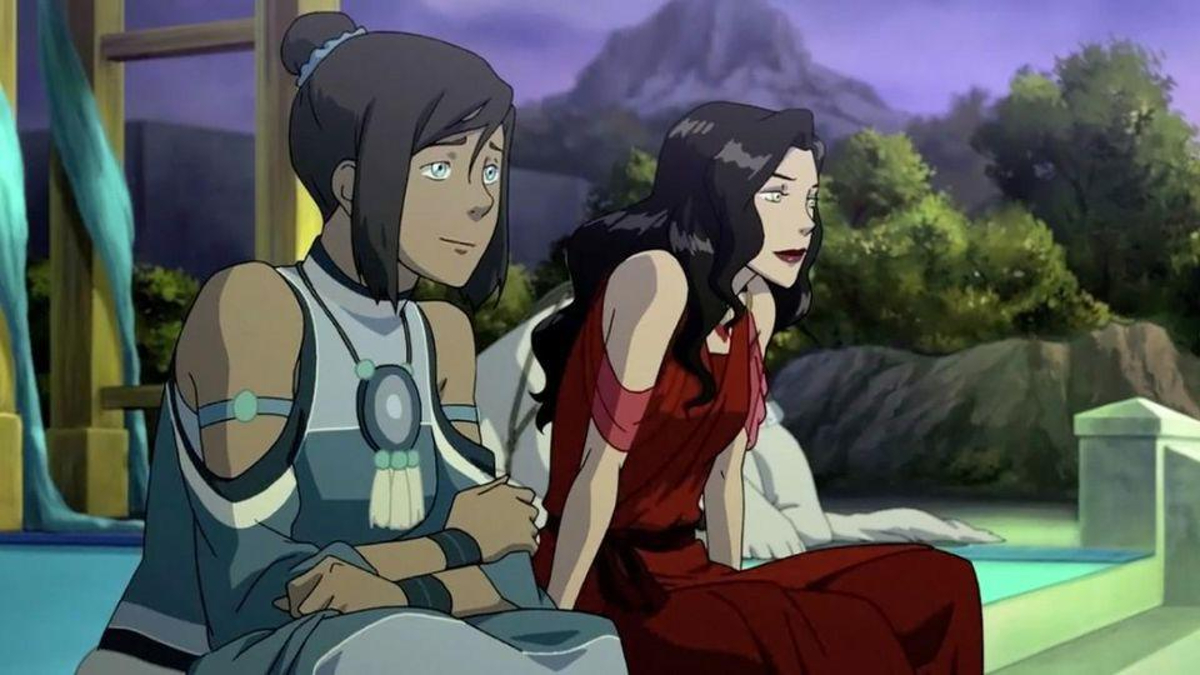


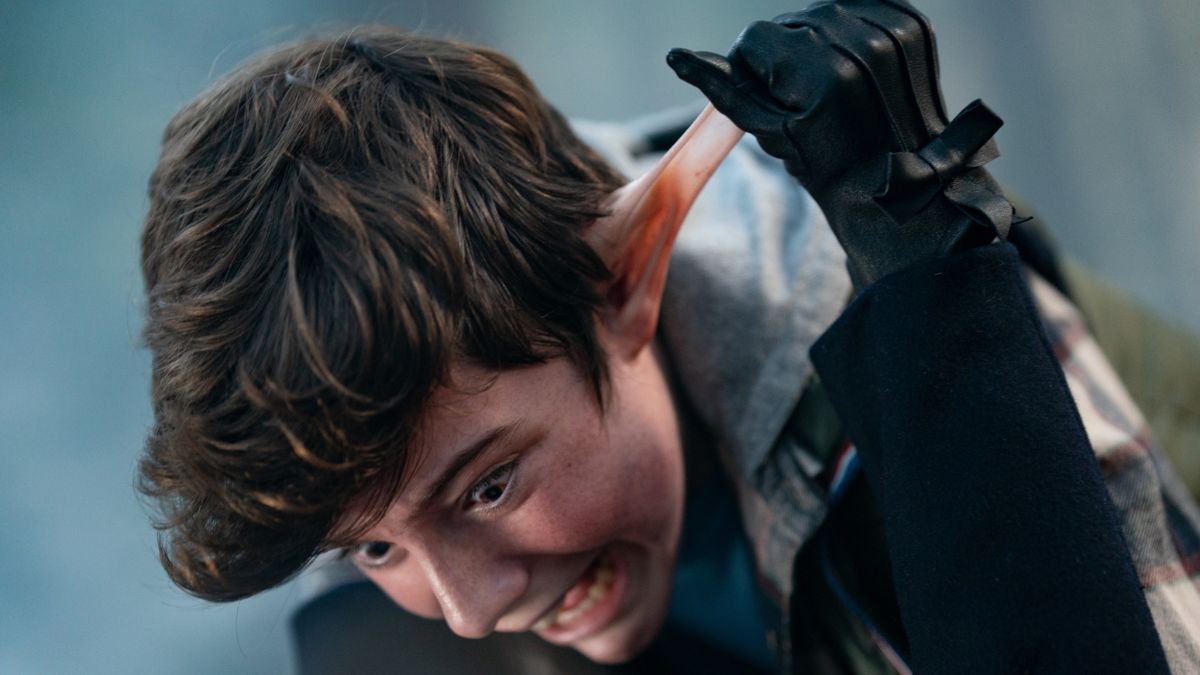
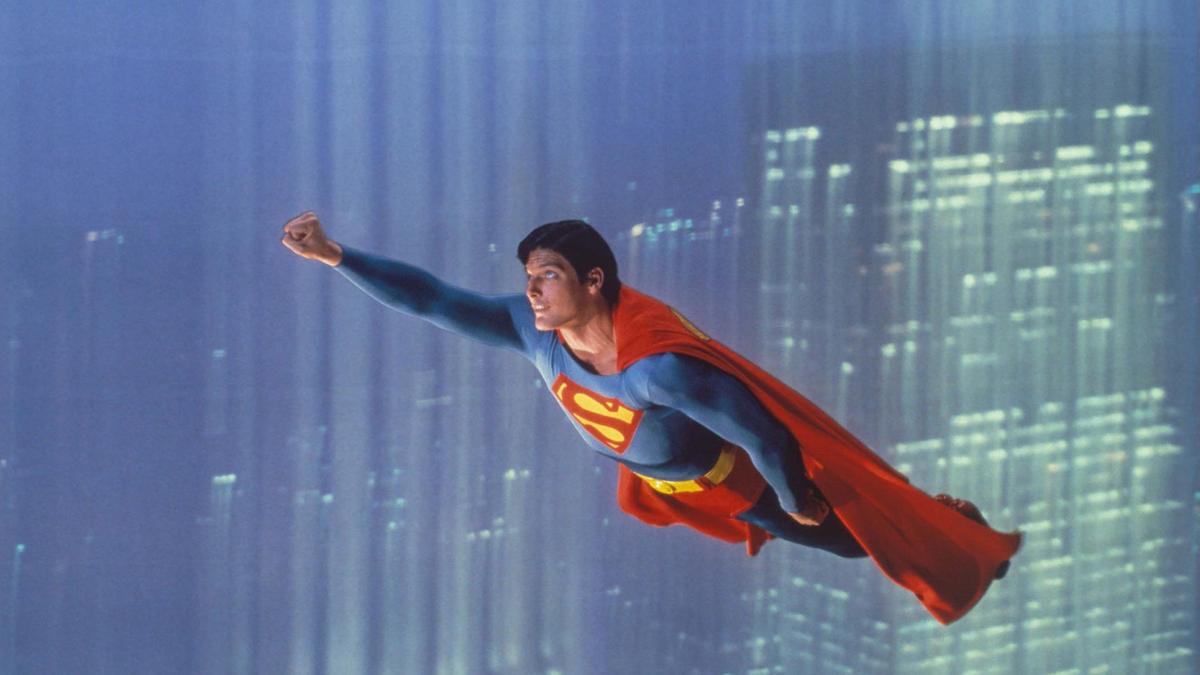
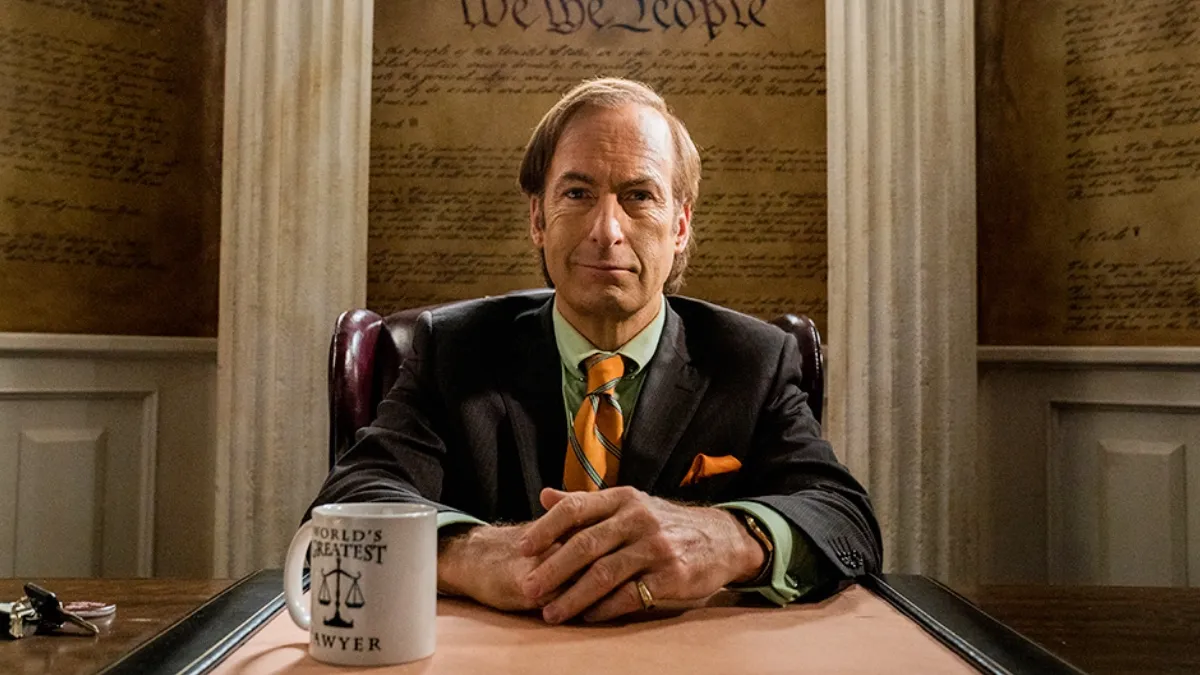
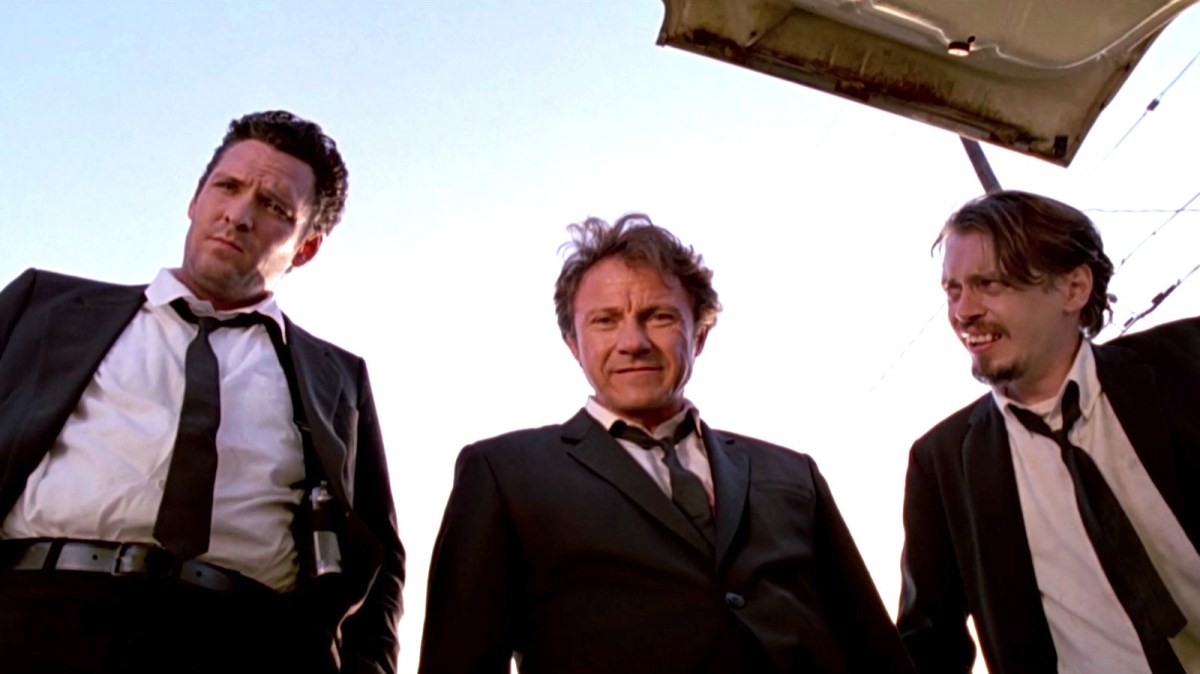
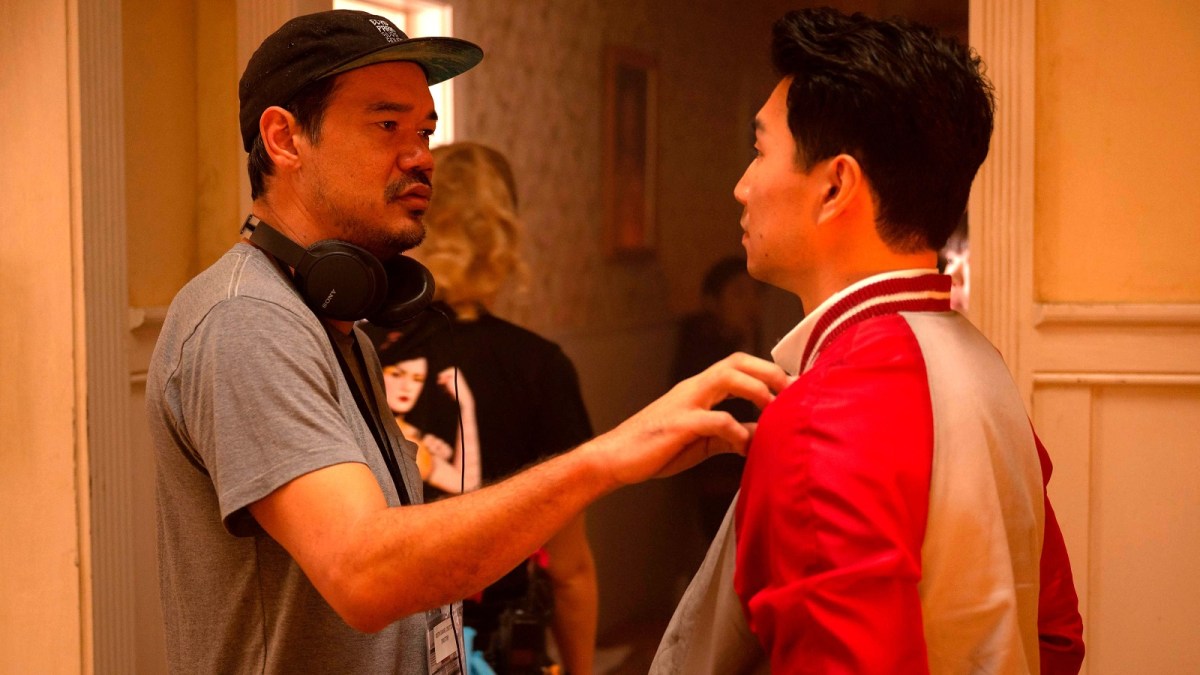
Published: Nov 4, 2010 07:43 pm